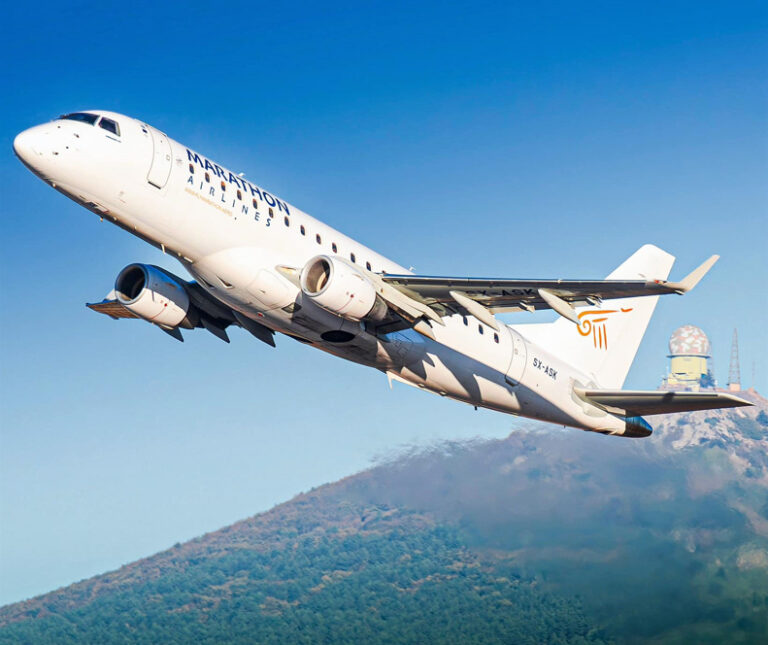
Picture this: you’re an airline executive in Europe, eyeing new routes or bracing for a busy summer, but buying planes feels like a massive leap. ACMI (Aircraft, Crew, Maintenance, Insurance) leasing steps in as your strategic shortcut. Think of it as renting a ready-to-fly plane, whether it’s an Embraer E175 for short trips, a Boeing 737 or Airbus A320 for European hops, or a Boeing 777 or Airbus A330 for long-haul flights.
This guide breaks down ACMI leasing in clear terms, contrasts it with other leasing models, and explains why it’s a fast-rising favorite in the European aviation landscape. Real examples and relevant data included.
ACMI aircraft leasing is a wet leasing arrangement that emerged in the early 1990s as airlines sought flexible capacity solutions. Since then, it has become a cornerstone of modern airline operations. ACMI leasing is like renting a fully staffed airplane.
Unlike traditional aircraft ownership or dry leasing, ACMI provides a turnkey solution where the lessor supplies not just the aircraft but also the crew to operate it, comprehensive maintenance services, and full insurance coverage. The lessee, typically an airline, manages route planning, ticket sales, and branding, and is also responsible for fuel, ground handling, and operational costs like airport fees.
To put it in simple terms, ACMI leasing is a hassle-free way to get an airplane without owning it. The lessor hands you the plane, pilots, crew, maintenance, and insurance — all bundled into one hourly fee, like €2,500 for an E175 or €10,000 for an A330. The lessee — often another airline — manages routes, ticketing, branding, and pays for fuel, airport charges, and ground handling.
Think of ACMI as a “ready-to-fly” solution. Like renting a car with a driver and mechanic included — you just focus on where to go and how to sell the ride.
In Europe, ACMI leases often last 1-18 months, with 60% under 6 months (Cirium 2023), giving airlines an ideal way to grow, test ideas, or handle busy seasons without breaking the bank.
Aircraft leasing isn’t one-size-fits-all. Here’s how ACMI stacks up against dry leasing and wet leasing — three tools with different vibes:
A regional airline anticipates holiday demand. Rather than delay operations waiting for recruitment, training, and contracts, they secure an ACMI lease on an Embraer 195 for three months. Within a week, the aircraft arrives with crew and technical support. The airline focuses on customer service and revenue, avoiding capex and lead time.
By contrast, a dry lease would require internal recruitment, training, insurance setup, and maintenance contracts — taking weeks or even months.
ACMI leasing is your entry ticket to Europe’s skies, delivering €1.6-€5.4 million in revenue (88-317 seats) for €900,000-€4.8 million, while dodging €45-€375 million ownership costs (2023 prices). It’s the Goldilocks option: not as bare as dry leasing (€5-€12 million/year with big responsibilities), nor as rushed as wet leasing (€1.2-€2.4 million/month), but just right for flexibility (60% under 6 months, Cirium 2023) and growth (3.5% annually, Eurocontrol 2024).
For newcomers, it’s a low-stakes way to test routes, ride seasonal waves (20-25% summer spikes), and sidestep headaches like crew or repairs, all while keeping cash free for bigger dreams. By 2030, with 1.9 billion passengers on the horizon (ACI Europe), ACMI offers a strategic foothold — simple, scalable, and smart for Europe’s ever-shifting aviation game.
Marathon Airlines
Copyright © 2025. All rights reserved.
Powered by Media Planners.